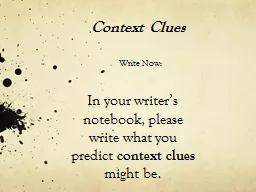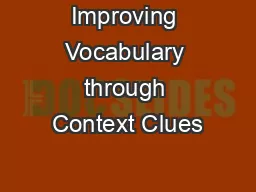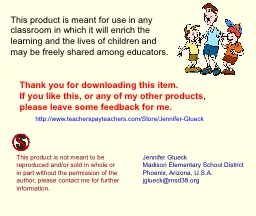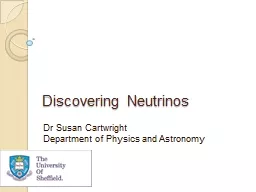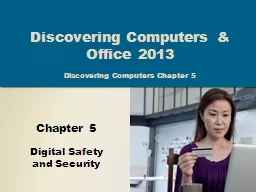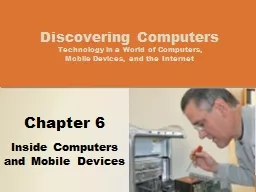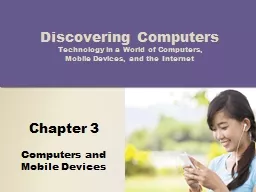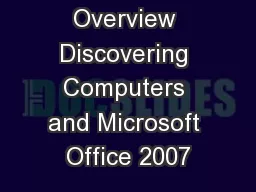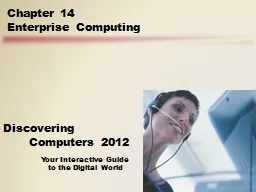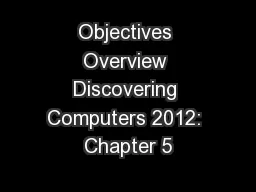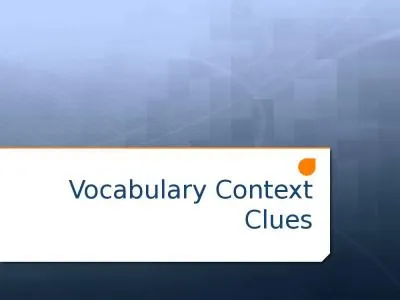PPT-Discovering Meanings of Unfamiliar Words
Author : danika-pritchard | Published Date : 2016-10-11
Althea W Peak 2 nd Grade SWP Summer 2013 Digging Deep Turn and Talk Children dont have full vocabularies that they need so word study and strategies are imperative
Presentation Embed Code
Download Presentation
Download Presentation The PPT/PDF document "Discovering Meanings of Unfamiliar Words" is the property of its rightful owner. Permission is granted to download and print the materials on this website for personal, non-commercial use only, and to display it on your personal computer provided you do not modify the materials and that you retain all copyright notices contained in the materials. By downloading content from our website, you accept the terms of this agreement.
Discovering Meanings of Unfamiliar Words: Transcript
Download Rules Of Document
"Discovering Meanings of Unfamiliar Words"The content belongs to its owner. You may download and print it for personal use, without modification, and keep all copyright notices. By downloading, you agree to these terms.
Related Documents



